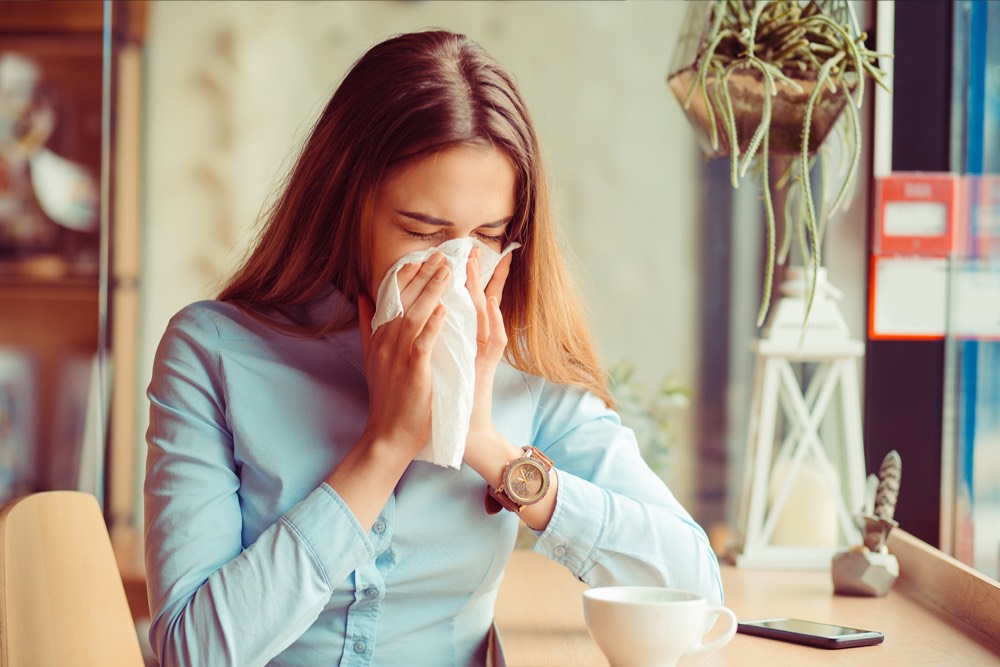
Common Types of Allergies and Their Triggers
Some people might develop allergies due to consuming certain types of food, while pollen and dust mites might be the main triggers for others. There are several types of allergic reactions and many more triggers that cause them, but these triggers can be different for different people. This makes it difficult to understand the triggers that might have led to an allergy, but some triggers are common, making it easy for people to avoid them.
The best way to prevent any type of allergy is to avoid its main triggers, so here are some common types and triggers explained to help you:
Food allergy
A common type of allergy, almost every person has developed the symptoms of a food allergy at least once. When a certain food becomes toxic for health or the body reacts to it adversely, one tends to develop this allergy. Also, the main trigger foods that one is allergic to may not lead to the same effects in another person, and the effects may also be dependent on one’s immune system.
At the same time, it is important to understand the difference between food allergy and food intolerance. The main triggers of this type of allergy include the following:
- Eggs
- Milk
- Seafood
- Peanut
- Soy
- Wheat
An allergy to medications
Unlike food allergy, some people develop allergic reactions from certain medications. In the case of an allergy to medication, many may get confused between side effects and an allergic reaction. To prevent this, those who have developed an allergy from a specific medication in the past should state the same to their doctor whenever medications are being prescribed.
However, the main triggers to this type of allergies depend on one’s immune system, and the common symptoms of a reaction are hives, skin rashes, asthmatic attacks, and fever.
Insect allergy
The main triggers of these types of allergies being insect bites, this is one of the most common types of allergies and can be caused by both stinging and non-stinging insects. Insects that sting and can lead to allergies are as follows:
- Wasp
- Hornet
- Fire ants
- Bees
The symptoms are developed when the insects’ venom enters the body through their stings, and the symptoms can even be life-threatening if the venom is extremely toxic.
The non-stinging insects causing allergic reactions are as mentioned:
- Bedbugs
- Flies
- Fleas
Pollen allergy
Pollen allergy is a type of seasonal allergy, and the main triggers are ragweed, pollen from cherry trees, and such. During some seasons, when plants begin spreading pollen for fertilization, it comes in contact with people through birds, insects, and such. If one’s immune system is intolerable to pollen, they may develop an allergic reaction when they come in contact with it.
The symptoms of an allergic reaction may range from skin rashes to a runny nose, frequent sneezing, redness in the eyes, fever, and an asthmatic attack.



